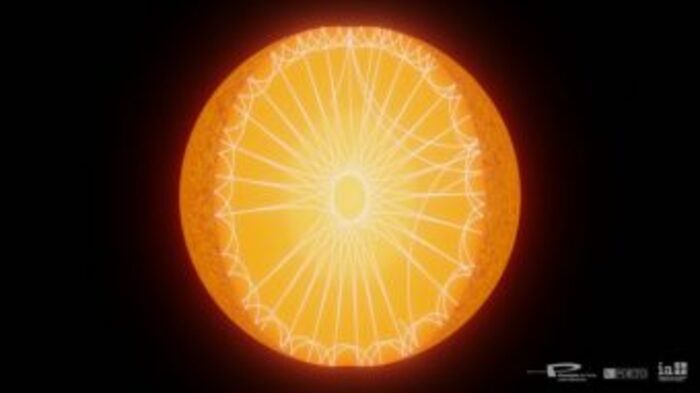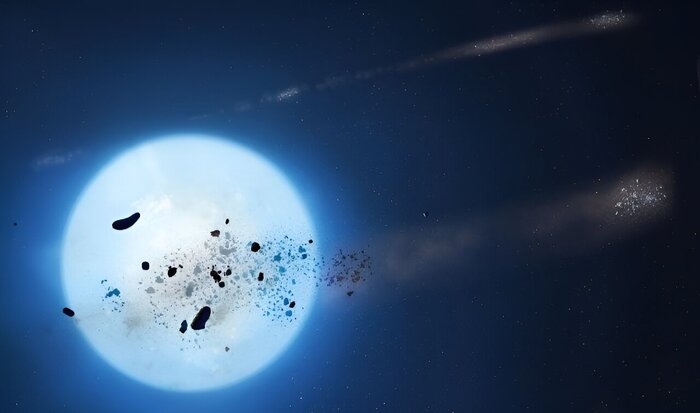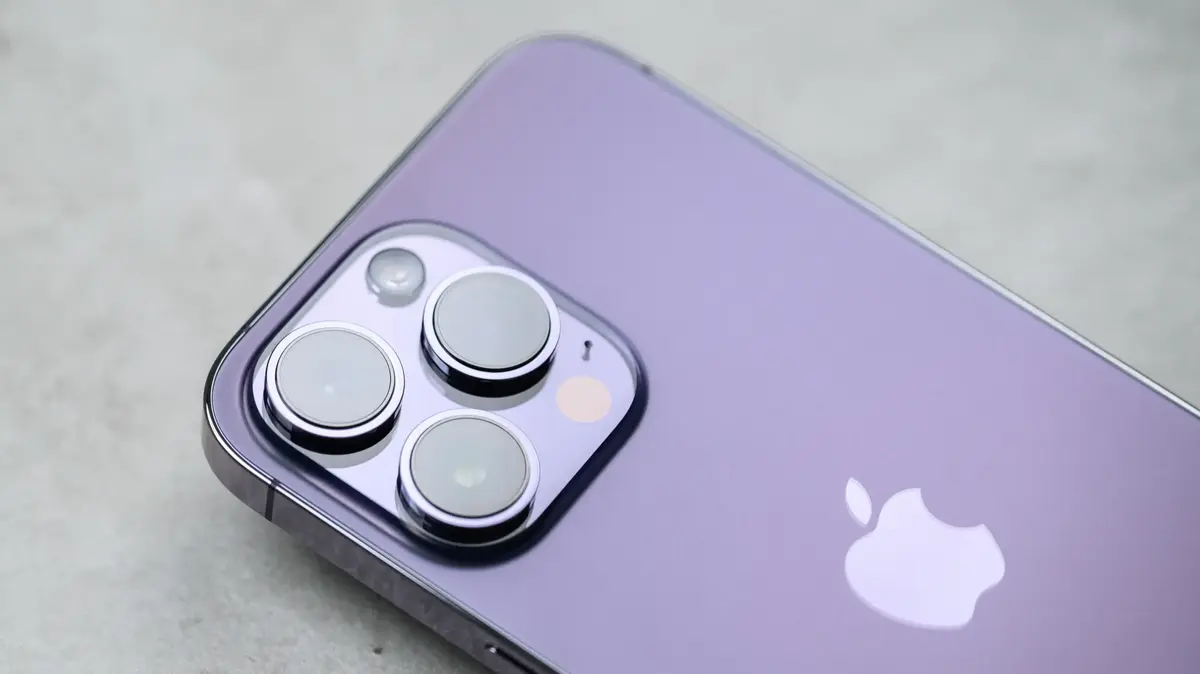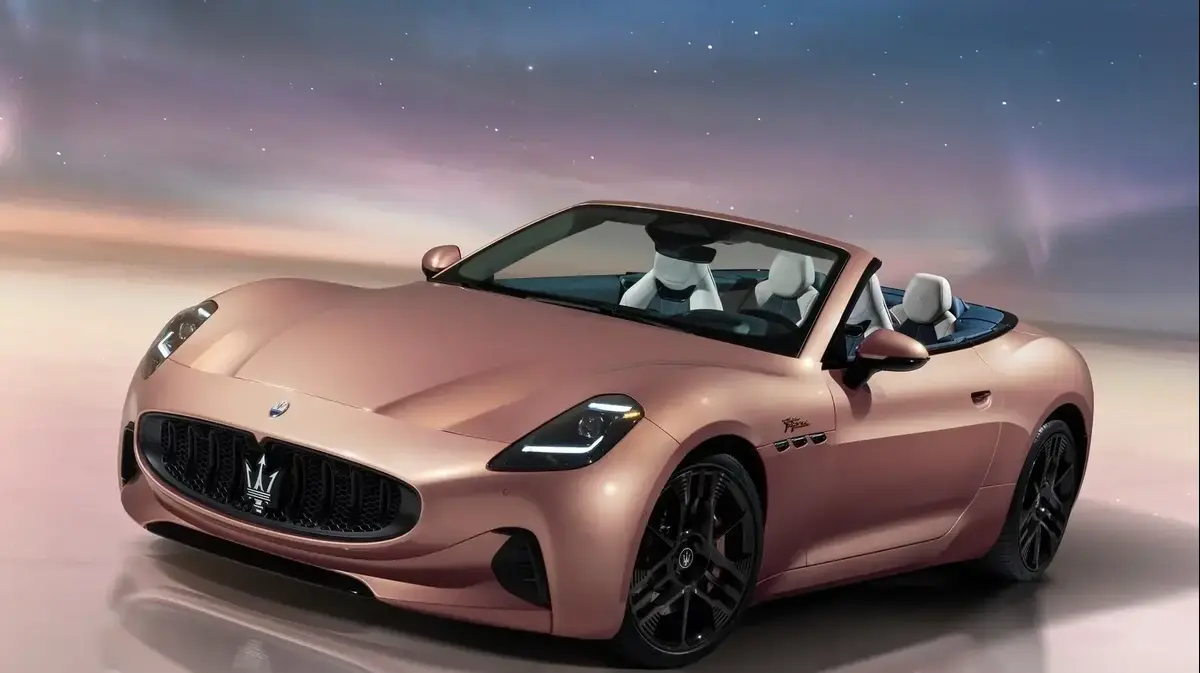The small group of the five dwarf planets of our solar system may gain in size: An international team of astronomers has identified the asteroid Hygiea as the smallest known dwarf planet. The researchers around Pierre Vernazza from the Astrophysical Laboratory Marseille present their observations with the Very Large Telescope of the European Southern Observatory (Eso) in the journal "Nature Astronomy".
The official classification of Hygiea is, as with all celestial bodies, the task of the International Astronomical Union (IAU). There you also have to find numerous other dwarf planet candidates, such as the Transneptunian object Sedna or the far away celestial body Farout.
Discovered 170 years ago
Hygiea, named after the daughter of the god of healing Asklepios from Greek mythology, has been known since 1849. After the dwarf planet Ceres and the asteroids Vesta and Pallas Hygiea is the fourth largest celestial body in the asteroid belt between Mars and Jupiter.
Only with a new Eso high-performance instrument called Sphere, astronomers were able to pinpoint the shape and size of Hygiea. The celestial body therefore has a diameter of 430 kilometers and an approximately spherical shape. "Thanks to these images Hygiea can be reclassified as a dwarf planet," said Vernazza.
Dwarf planets are defined as celestial bodies, according to IAU
- that revolve around the sun,
- there are no moons and
- condensing under their own weight into a sphere - the astronomers speak of the hydrostatic balance.
Unlike the actual planets, dwarf planets do not have their orbit cleared of other celestial bodies.
You might also be interested in
This definition had ensured in the summer of 2006 that Pluto lost its status as a planet. To date, there are many critics of this decision, especially in the US. NASA boss Jim Bridenstine explained only a few days ago, he refuses to recognize the classification. For him, Pluto continues to be a planet. However, this has no practical consequences.
NASA Administrator Jim Bridenstine: "I am here to tell you, as the NASA administrator, I believe Pluto is a planet." pic.twitter.com/l5vR9vPQbY
- The Hill (@thehill) October 26, 2019The astronomers were surprised by the relatively smooth surface of Hygiea. The celestial body is according to Eso as the main member of one of the largest asteroid families. So far, astronomers had assumed that the approximately 7000 members of this family were knocked out by a big crash from Hygiea. However, this collision would have had to leave clear traces on the celestial body.
Simulation calculations have now shown that the parent body of this asteroid family was probably completely destroyed by a head-on collision about two billion years ago, and Hygiea has clumped itself out of the rubble. "Such a collision between two large bodies in the asteroid belt has been unique in the last three to four billion years," said co-author Pavel Ševec of Charles University in Prague.














